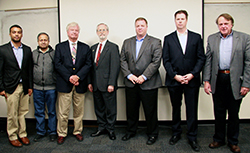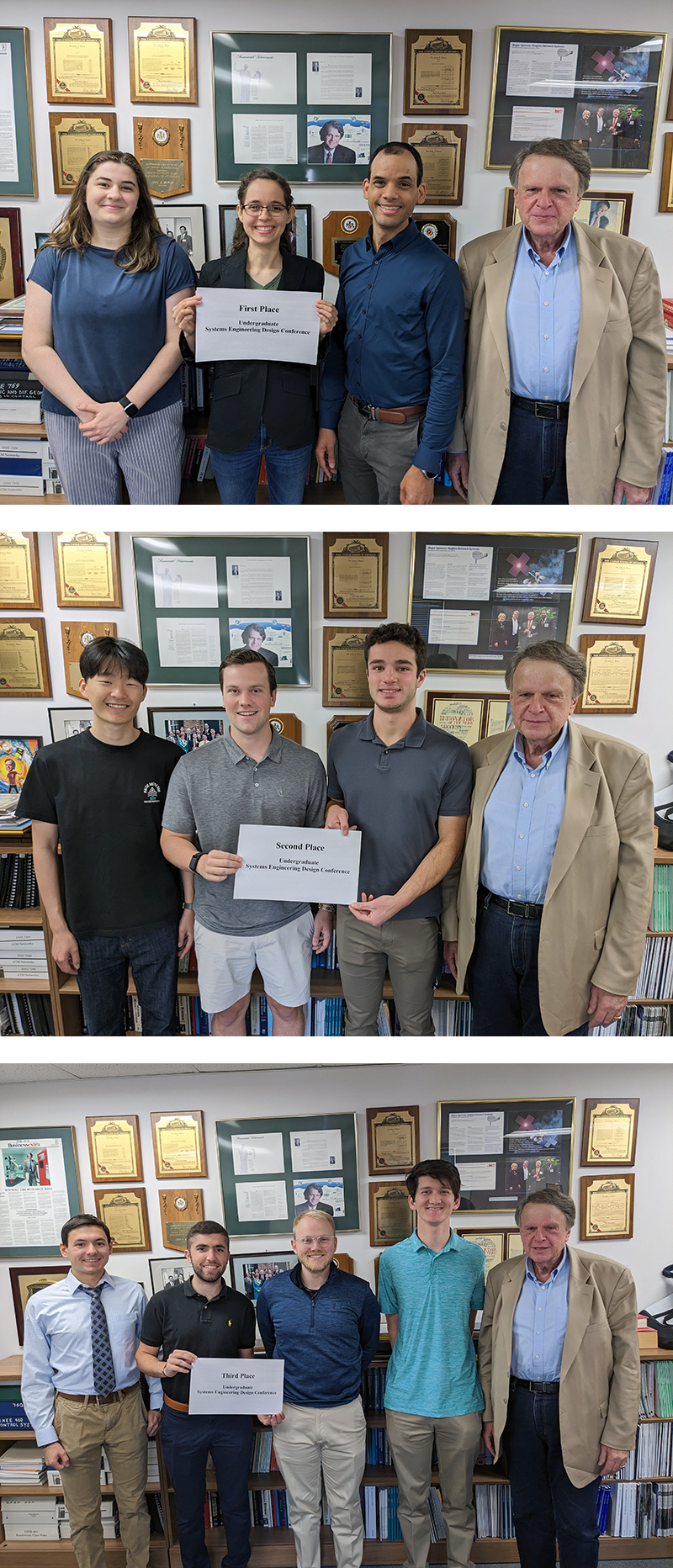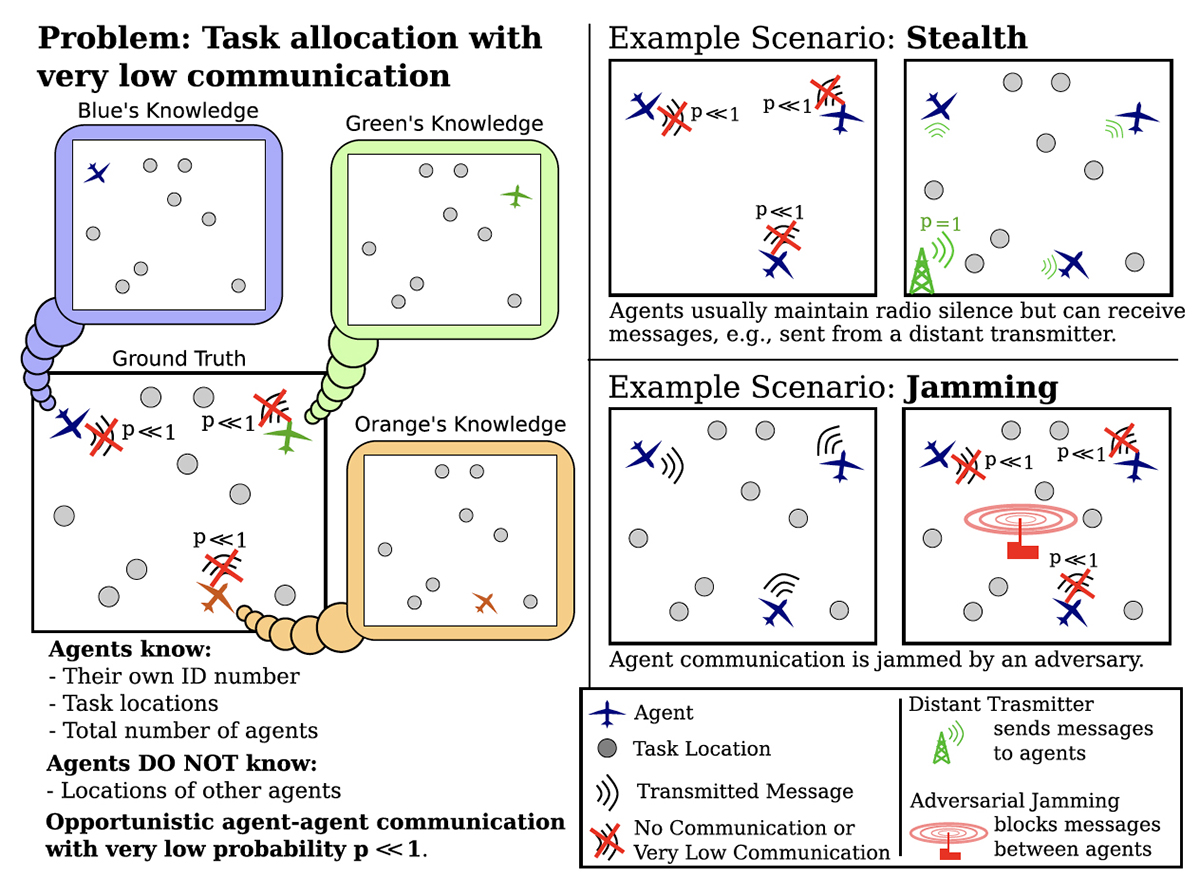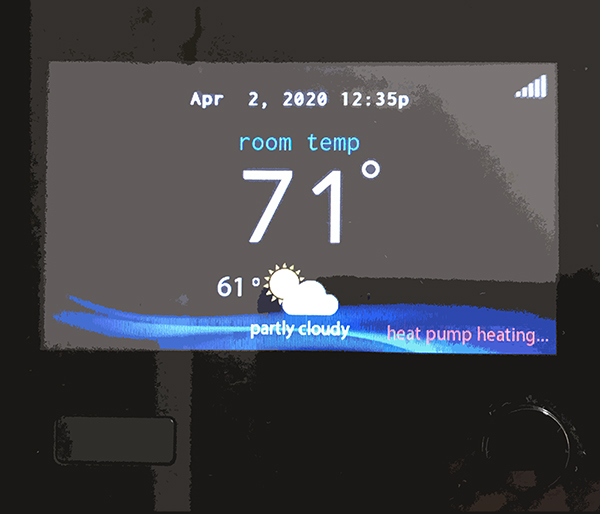News Story
MSSE student Mehdi Dadfarnia to speak at NIST seminar
First-semester M.S. in Systems Engineering (MSSE) student Medhi Dadfarnia (EE B.S. 2012) will be the speaker at the National Institute of Standards and Technology’s (NIST) March 27 SID Tea Seminar. Dadfarnia will speak about his research, “Requirements Analysis for Safer Ambulance Patient Compartments.”As a Maryland undergraduate, Dadfarnia was in the first class of the ENES 489P capstone course, “Hands-On Systems Engineering.” His performance in the class earned him a continuing internship at NIST, starting in summer 2011. Dadfarnia began working on the ambulance project at NIST that summer while still an undergraduate student. Because of Dadfarnia’s high level of performance, he was highly encouraged to enter the MSSE degree program, which he did in January 2013.
As a MSSE student, Dadfarnia is advised by Professor John Baras (ECE/ISR). His NIST mentor on the ambulance project is Tina Lee. In June 2013 he will begin a new project at NIST with alumnus Kamran Sayrafian (EE Ph.D. 2000). Sayrafian was advised by Professor Tony Ephremides (ECE/ISR).
Baras says, “Mehdi is one of the excellent undergraduate and graduate students we have recruited into the UMD CPS Scholars@NIST group, a prestigious cyber-physical systems collaborative program with NIST that we started in 2012.”
The abstract of Dadfarnia’s talk, which summarizes his NIST research, is:
Providing emergency care services in the confined space of the patient compartment of a moving ambulance has proven a hazardous activity. A National Institute of Standards & Technology (NIST)/Department of Homeland Security (DHS) project is applying systems engineering approaches to analyze requirements and develop design guidance that will improve Emergency Medical Services (EMS) workers' safety while optimizing patient care. The analysis of an ambulance's patient compartment requires multiple disciplines such as ergonomics and crashworthiness. Systems engineering tools provide a platform to perform the analysis by bridging these disciplines and bringing information sources together.
In the first phase of this project we compiled a number of requirements from the results of literature reviews, a nationwide web survey, workshops and focus group meetings. The next phase entails our process for reconciling potentially conflicting requirements from use case scenarios and then determining which constraints and metrics to be used for trade-off analysis and optimization in a human simulation modeling tool. The results of this analysis are being used to develop ambulance patient compartment design recommendations that will be provided as inputs to current and emerging ambulance design standards. In this paper we report on our efforts to provide science-based recommendations that may be used as a basis to revise and enhance current ambulance design standards and practices.
Published March 13, 2013






